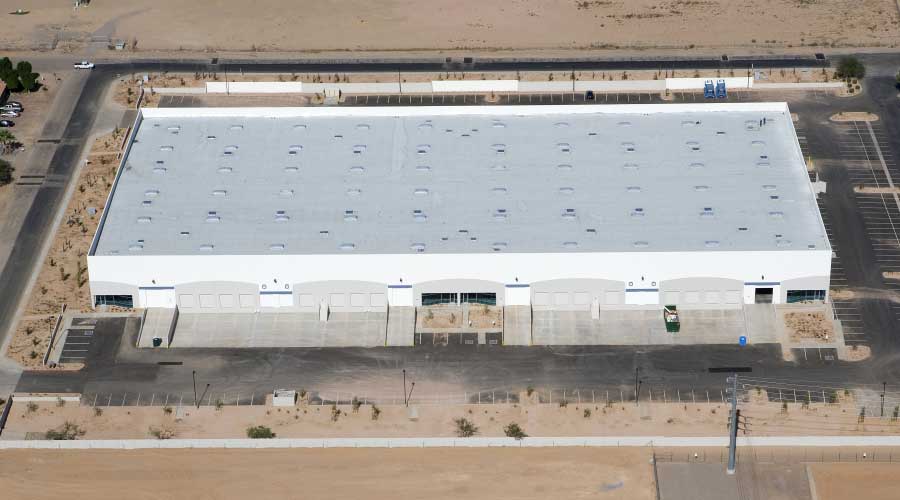Cool Roofs Can Be Disadvantage Above Certain Latitudes
The Great Debate
The energy savings and benefit to the environment of cool roofs in tropical and temperate regions of the world is clear, but what about colder areas? Expert opinions are mixed on whether there's a benefit to cool roofs in northern climates, and some argue that there comes a point when having a cool roof becomes a disadvantage. "North of Chicago, you'll end up paying more for heating in winter," says Desjarlais. "A cool roof will reduce your cooling load, but increase your heating load. Once you reach a certain latitude, the net impact is that you're going to use more energy."
Akbari, however, contends that a cool roof will be beneficial anywhere that air conditioning is used. "Our analysis has shown that any place in the world that you need heating and cooling, a cool roof will save you money."
The answer really comes down to each individual facility, its location, utility rates and demand charges, and the roof in question.
A study by Lawrence Berkley National Laboratories shows that cool roofs can reap energy savings in northern cities like Chicago, New York and Philadelphia. The study, funded by the U.S. Environmental Protection Agency, examined the energy cost savings of light-colored roofs in 11 U.S. cities, taking into account both the savings in cooling and any penalties for heating. The results showed that southern cities, such as Phoenix, Houston and Miami benefit the most from cool roofs, as expected. But Chicago could also see an annual savings of $10 million with cool roofs, New York a $16 million savings, and Philadelphia $3 million.
Whether your main motivation is environmental stewardship or energy savings, it's well worth considering a cool roof when it comes time to recover or replace an existing roof. "You can measure the energy savings, they don't cost much and they last longer," says Akbari. "It's all money in your pocket. What facility manager wouldn't be interested in that?"
Related Topics:














